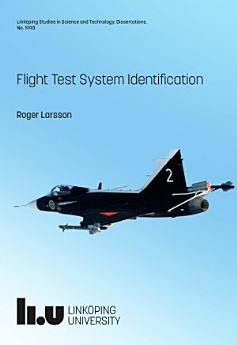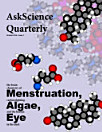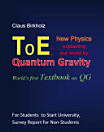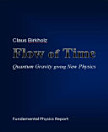Flight Test System Identification
Об электронной книге
This thesis combines the subject of system identification, which is the art of building mathematical models of dynamical systems based on measurements, with aeronautical engineering in order to find methods for identifying flight mechanical characteristics. Here, some challenging aeronautical identification problems, estimating model parameters from flight-testing, are treated.
Two aspects are considered. The first is online identification during flight-testing with the intent to aid the engineers in the analysis process when looking at the flight mechanical characteristics. This will also ensure that enough information is available in the resulting test data for post-flight analysis. Here, a frequency domain method is used. An existing method has been developed further by including an Instrumental Variable approach to take care of noisy data including atmospheric turbulence and by a sensor-fusion step to handle varying excitation during an experiment. The method treats linear systems that can be both stable and unstable working under feedback control. An experiment has been performed on a radio-controlled demonstrator aircraft. For this, multisine input signals have been designed and the results show that it is possible to perform more time-efficient flight-testing compared with standard input signals.
The other aspect is post-flight identification of nonlinear characteristics. Here the properties of a parameterized observer approach, using a prediction-error method, are investigated. This approach is compared with four other methods for some test cases. It is shown that this parameterized observer approach is the most robust one with respect to noise disturbances and initial offsets. Another attractive property is that no user parameters have to be tuned by the engineers in order to get the best performance.
All methods in this thesis have been validated on simulated data where the system is known, and have also been tested on real flight test data. Both of the investigated approaches show promising results.




